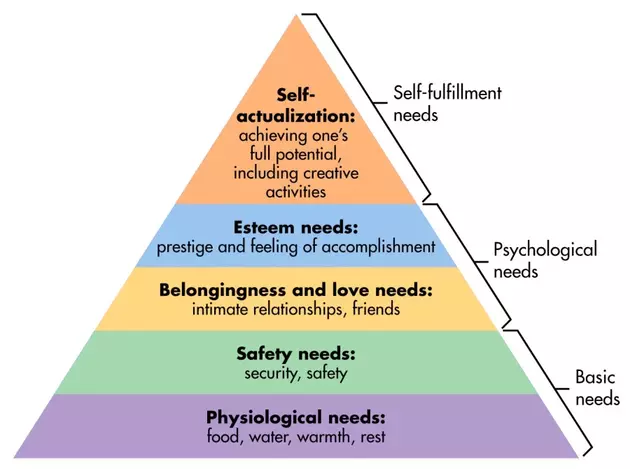Social anxiety, sometimes called social phobia, is that crippling fear of being judged negatively by other people. It is not uncommon for people with social anxiety typically to use maladaptive behaviors to manage their anxiety.
Maladaptive behaviors are strategies the are deployed to relieve yourself of the feeling of anxiety. It is called maladaptive because it is not necessarily the healthiest way to deal with anxiety—the root cause of anxiety is not addressed. These behaviors only provide some sort of a temporary distraction. If done frequently, it can make the social anxiety worse and even lead to social anxiety disorder (SAD).
Safety and Avoidance Behaviors
Avoidance behaviors are often done to keep oneself from and potentially anxiety-inducing situation. Some examples include flaking on invitations to a gathering, not showing up (despite initially agreeing), avoiding social interaction, and consuming substances.
Safety behaviors are a type of maladaptive behavior, albeit more subtle than avoidance. With safety behaviors, you do not avoid gathering and being with other people. You might allow yourself to attend some functions, but you avoid eye contact, taking on responsibilities at gatherings to avoid mingling with others—being a wallflower. You are there, but you do everything you can not to be seen.
To get rid of the feeling of anxiety, people with social anxiety may use maladaptive behaviors, not knowing that this can be harmful in the long run.
The Consequences
Many people with SAD go through their life avoiding social situations or engaging in safety behavior. However, this can have dire consequences in the long run. Over time, you might become more fearful of other people and social situations. You may struggle with having poor social skills. In the workplace, you may find yourself struggling to assert yourself in certain situations. You may opt to pass up on opportunities that can lead to professional growth.
How to Eliminate Maladaptive Behaviors
Maladaptive behaviors only provide a temporary solution to your concern. Replace these maladaptive behaviors with those that are adaptive. It might be hard at first, but you can get professional help to get you started.
Some adaptive behaviors include honing one’s social skills. You do not have to attend parties right away. Simply striking up a conversation with someone is a good place to start.
Develop a simple daily routine to keep yourself moving daily. Social anxiety can be crippling, so establishing a routine that will encourage you to get out of bed can be helpful during times when you feel like you can’t do anything.
Emotional regulation, although very difficult, can be the most helpful solution to maladaptive behaviors. Feelings of anxiety and impending doom can be overwhelming. Some people have found that meditation and breathing exercises help clear the mind when emotions become too much to handle.
Final Thoughts
Many people who suffer from social anxiety (whether diagnosed or not) use maladaptive behaviors to cope with feeling overwhelmed. If you are experiencing difficulties that mirror or are related to the points I previously discussed, do not hesitate to get professional help. Studies have shown that cognitive-behavior therapy and medication are some of the effective treatments for SAD.










